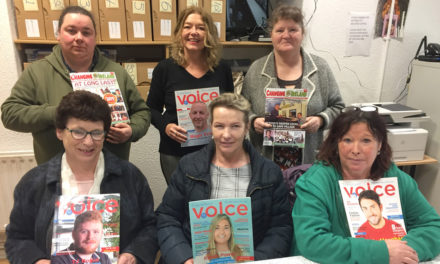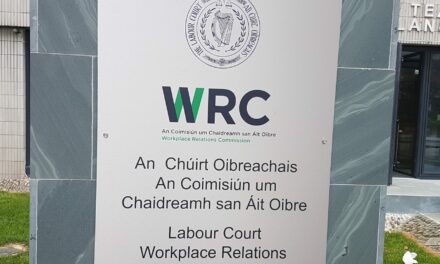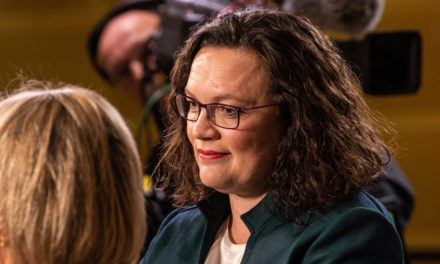Late last year, women’s right to vote in Ireland turned 100 years old. Here, we examine the history of Irish women’s suffrage.
On 25 May of last year (2018), 2,153,613 people turned out to vote in a landmark referendum to repeal the Eighth Amendment to the Irish Constitution, which banned abortion within Irish borders. A massive 72.1% of women who voted on that day voted in favour of repeal, utilising their democratic right in order to take ownership of their bodies and take autonomy over their futures.
And to think – a little over 100 years earlier, that wouldn’t have been possible.
As a woman in Ireland in 2018, it’s easy to take certain rights for granted: the right to work, even after marriage; the right to marry (and divorce) whomever we choose; the rights of an EU citizen; and the right to decide if, when and how to have children. It’s easy to forget that, 100 years ago, those rights didn’t exist for us. Without the right to vote, they still wouldn’t.
In the history books of Ireland, women’s fight for equal representation tends to take a back seat to the fight for Home Rule and independence, so you’d be forgiven for thinking the suffrage struggle never really hit Irish shores – but you’d be wrong.
Dauntless crusaders
In 1847, Anna Haslam founded the Dublin Women’s Suffrage Association with the sole purpose of securing women the right to vote in parliamentary elections and, in 1866, the first petition for suffrage was signed and delivered to parliament (by John Stuart Mill).
While this first bid was unsuccessful, progress was made later in the 19th century as the Local Government Act 1894 was signed into law. It gave women who owned property of £10 in value the right to vote in local elections, but not parliamentary.
Around the turn of the century, the suffrage movement faded into the background as politics and issues of government captured the media’s attention. This was a challenging time for Ireland’s suffragettes, as close ties with their English counterparts led many Irish men to view them as being allied with ‘the enemy’.
As the eyes of the media turned to the proponents of Home Rule, the suffragettes kept up their own campaign. In 1908, Hanna and Francis Sheehy-Skeffington (who later founded suffragette newspaper The Irish Citizen) and Margaret Cousins founded the Irish Women’s Franchise League, with the aim of championing women’s suffrage as a component of Home Rule.
In these early years of the 20th century, membership of suffragette organisations ballooned to over 3,000 people. There were a lot of voices calling for universal voting rights, but no one was listening – it was the Easter Rising and male political voices who were capturing attention. Although the women tried to align themselves with parties who would support the cause, this was not a tenable long-term solution and the movement struggled.
Well done, Sister Suffragette
Then, on 6 February 1918 – following a period of political turmoil during the Great War and a hard-fought and decades-long campaign by British and Irish suffragettes – the Representation of the People Act 1918 was brought into British law (which Ireland, at the time, still fell under), ushering in universal suffrage for the first time.
While, on the surface, the act was a positive step forward for women in the then British Isles, it was not without conditions.
The 1918 act gave women the right to vote, but only certain women. It extended voting rights to all men above the age of 21, but women could only cast their ballot if they were above the age of 30, and either owned property of a value of £5 or more (or had a husband who did), or had a university education.
While the 1918 act certainly started women on the path to equal voting rights, and 2018 is accepted as the 100th anniversary of women in Ireland being granted the right to vote, true suffrage wasn’t achieved until the birth of the Irish Free State in 1922, and even then equality remained out of reach.
The Proclamation of the Irish Republic stated in 1916 that “the Republic guarantees religious and civil liberty, equal rights and equal opportunities to all its citizens”. Although the extent of that equality has been called into question in recent years, particularly in the debate surrounding the referendum to repeal the eighth amendment, it held true in one respect: under the Constitution of the Irish Free State Act, 1922, Article 1 stated that all Irish citizens over the age of 21, “without distinction of sex”, could vote in Dáil elections, referendums and initiatives.
From 1922, women in Ireland could vote, but with the publication of the Constitution of Ireland in 1937 many other rights – the right to serve on a jury, work in industry or work after marriage – were stripped away by an arguably regressive and conservative government. Yet it was the right to vote that eventually enabled women to once more claw back that equality that had been chipped away.
Voting rights gave women power to challenge legislation and even play a part in creating it. Between 1937 and today, legislation enacted by successive Dálaí (elected by women and including women) overturned the ban on women working after marriage, led to Ireland joining the EEC (now the EU), allowed divorce, abolished the death penalty and legalised same-sex marriage.
This summer’s abortion referendum brought women another step closer to the equality that suffragettes fought for all those years ago.
What will we vote for next?





